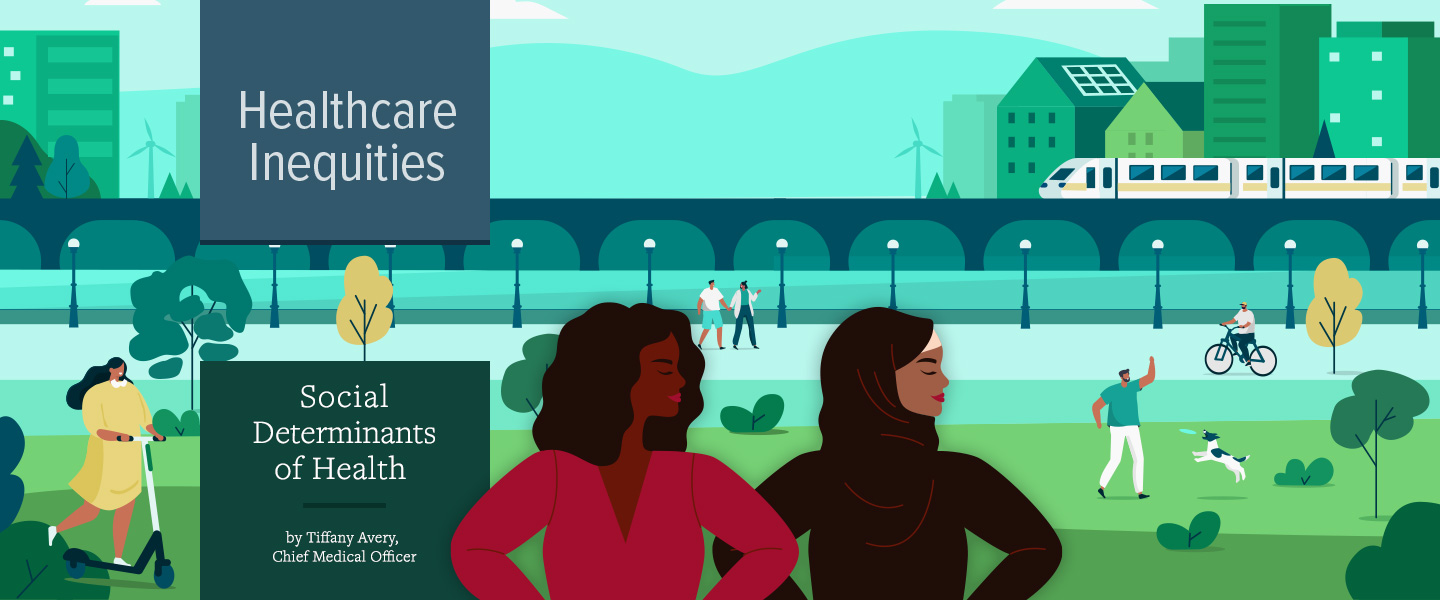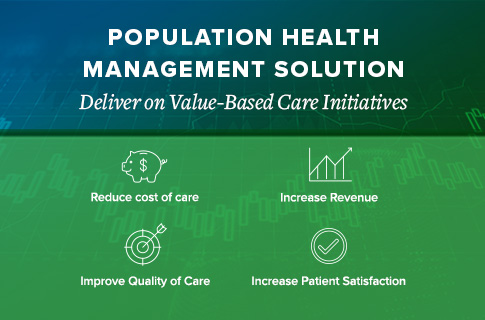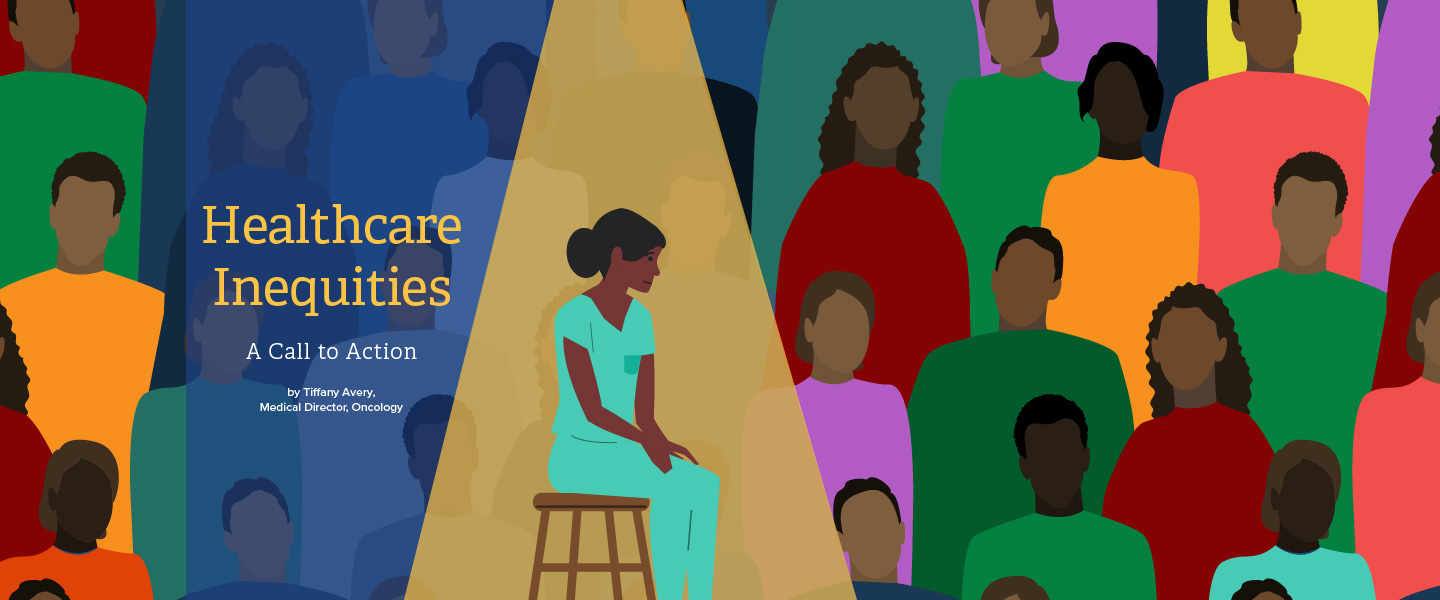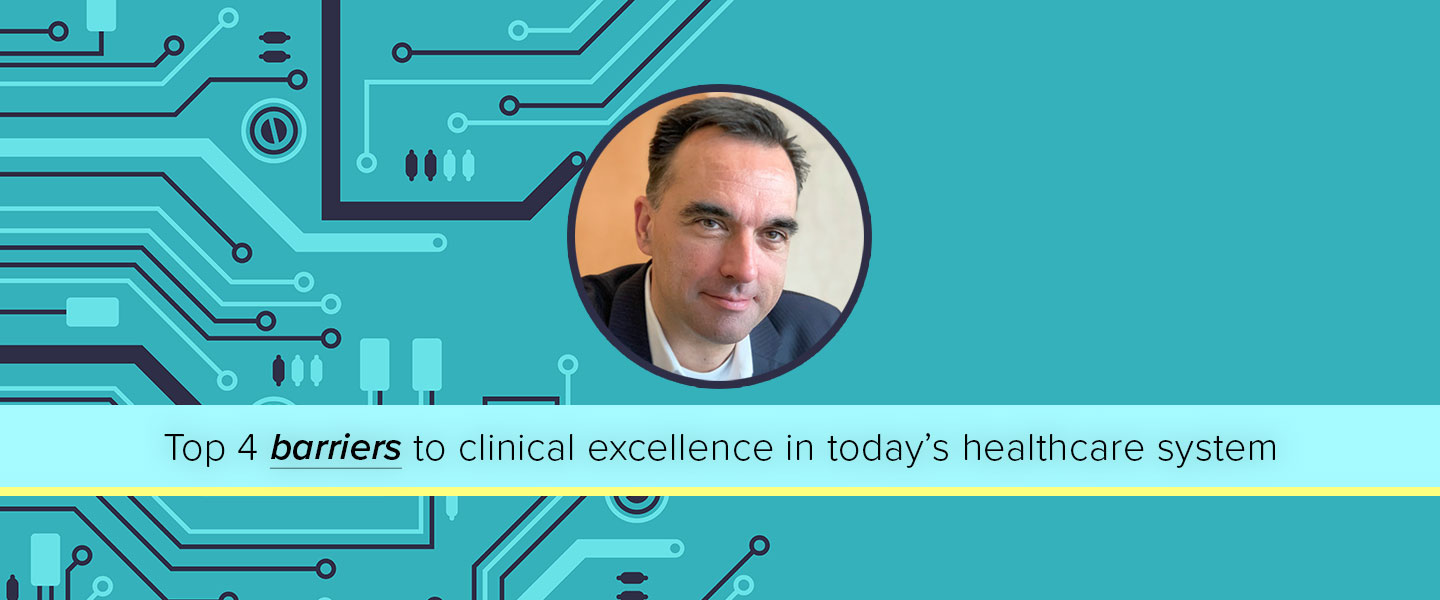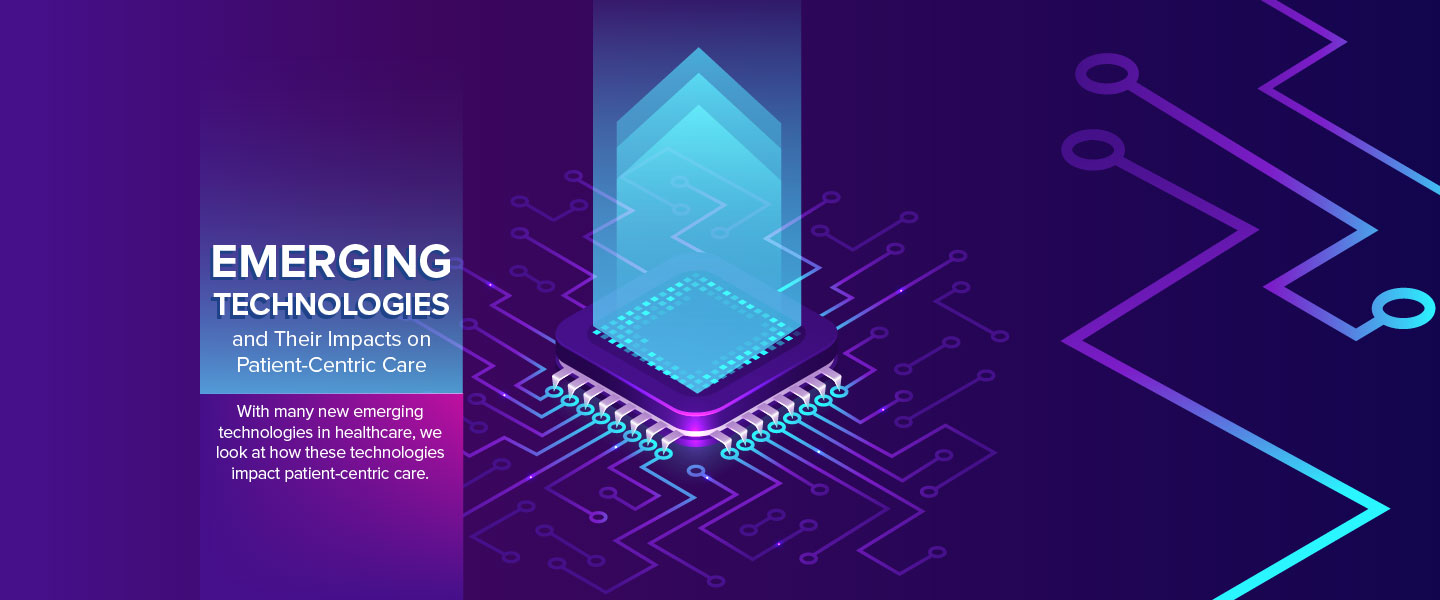As I was writing this blog one morning, a call came from my son’s school. It was a call to schedule a meeting with one of the counselors on his team. As a mother of a child with special needs, this is not an uncommon occurrence for me. It struck me then that what the team at my son’s school does is not so different from what I am proposing in this blog. His class is taught with a set curriculum at a baseline, then his team spends their time understanding his needs and works to address them. This takes a coordinated effort between his teachers and a variety of professionals outside of the classroom so that he has the chance to realize his full academic and social potential. This is how I think of health equity.
We know that differences exist in the outcomes of a variety of diseases, including diabetes, cancer, and COVID. The impact of social determinants of health (SDOH) in these differences has been examined in medical literature and recently highlighted in the face of the COVID pandemic. Here we saw SDOH, like socioeconomic status, the neighborhoods in which people live, and the environments in which people work, impact health. Often when differences exist in disease outcomes among different groups of people, those differences are due in large part to SDOH. With a better understanding of the needs that patients have, which exist outside of the healthcare system but impact their health, we can work to achieve health equity in our system. My hope is that, like my son having his best shot at achieving his full academic and social potential, we can take the same approach with our patients and give them the best chance at reaching their full health potential.
Recognition of the social determinants of health has highlighted the fact that many factors which impact health do not take place in the healthcare complex. Social determinants of health are the conditions in which people live, work, and play that impact health. These factors include socioeconomic status, access and quality of education and health care, and neighborhood environment. It is not difficult to see the direct link of some SDOH factors, like access to fresh food, on health, but the impact of SDOH extends more broadly. Consider the increase in the use of telehealth during the COVID pandemic, which increased by as much as 40% in one study of insured patients. People living in the least socially advantaged neighborhoods were significantly less likely to use telehealth, and previous research has highlighted lack of access to high-speed internet, particularly in rural settings, impacts patient participation in telehealth.
Among the elderly, components of telemedicine unreadiness have been identified. These factors include difficulty hearing well for phone use, difficulty seeing, lack of internet-enabled devices, and lack of use of email, texting, and the internet. This is an example of how SDOH should be considered as healthcare systems are designed. If we follow the usual blueprint in medicine, as telehealth is expanded, we’ll look back at programs after a few years to determine which groups didn’t realize the full benefit of this type of system. It is encouraging that now, as social determinants are recognized in real-time, differences could be noticed earlier with the opportunity to address the gaps or address the system to minimize disparities to the extent possible.
Among organizations where addressing social determinants of health is a priority, an oft-cited difficulty is in data collection. A study of 22 accountable care organizations (ACOs) across the country that were identified as early adopters in working on initiatives aimed at SDOH found that a common barrier identified was a lack of data. Specifically, there was a noted inability to capture data on their patients’ social needs in most organizations included in the study. But there are separate issues with data collection. The first is the ability to capture, but the second is considering what should be captured once the capability is there. What data is going to be most useful in understanding the needs of a patient population and informative in program building? A focused program can start with what literature shows to be the most pertinent factors for the population in question.
For example, in a program for oncology patients, transportation data may be captured since the ability to get to infusion and radiation appointments impacts oncology patients’ abilities to complete the prescribed treatment courses. Or, in a population of diabetic patients, a program may focus on food insecurity and housing stability as these factors have been recognized to impact glycemic control and medication adherence in diabetic patients. I would also propose that when patients are not able to follow the treatment recommendations, this is an opportunity to laser focus on what could have impacted that outcome. These are the patients who are labeled “non-compliant” but understanding if SDOH contribute to difficulties remaining on a treatment course and to what extent could provide valuable information to be used for population health strategies.
Once pertinent, actionable information regarding the SDOH needs of a specific population are attained, what should be done with it and whose responsibility is it to address? A large part of acknowledging the impact of SDOH is recognizing that these components exist outside of the healthcare system. How then can the healthcare system address needs which are presumably outside of its purview, and should it fall to those of us who work in those systems to do it?
First, physicians and healthcare practitioners want the best possible outcome for each patient. Reflected in current literature is the acknowledgment of the impact of SDOH and the desire to address them to provide patients the best opportunity at management of their health issues. Opportunities for reimbursement exist to address SDOH in patient populations, which is a step in the right direction to support these efforts being undertaken by the medical team. In terms of implementation, this is where partnership comes into play. Health systems, payers, or pharmaceutical companies that want to impact SDOH must partner with organizations already in the community doing the work. There are numerous examples of successful partnerships like these, such as Humana’s Bold Goal program, which addresses food insecurity, social isolation, and transportation access by community partners. Geisinger Health Plan offers an in-house Fresh Food “Farmacy” where diabetic patients who are food insecure can be referred to receive enough food to prepare healthy meals at home for their whole family for ten meals/week. This is coupled with diabetic education, nutrition, wellness classes, grocery store tours, and cooking demonstrations. Patient navigation is also a key element in helping patients navigate the different resources available to them.
Differences in disease outcomes have been researched and documented for decades in the medical literature. We are now at a time when we understand that disparities exist, and we are learning more about the root causes. Focus on social determinants of health is one part of the puzzle which could have a large impact. As programs are implemented which address SDOH, we will be able to quantify the impact on disparities. The ACCURE intervention is an example of a successful intervention that eliminated disparities in time to surgery in patients with non-small cell lung cancer through focused intervention. What has been done in the past is to implement breakthroughs and then look back and see that everyone didn’t benefit equally. Now, we can design programs with equity and SDOH in mind and collect data in real-time. In this way, we can work to build a healthcare system where everyone has the same chance to realize the benefit of our medical advances and continue to move down the path of true health equity.
To learn more about NantHealth population health management tools, visit https://nanthealth.com/products/population-health-management/.

